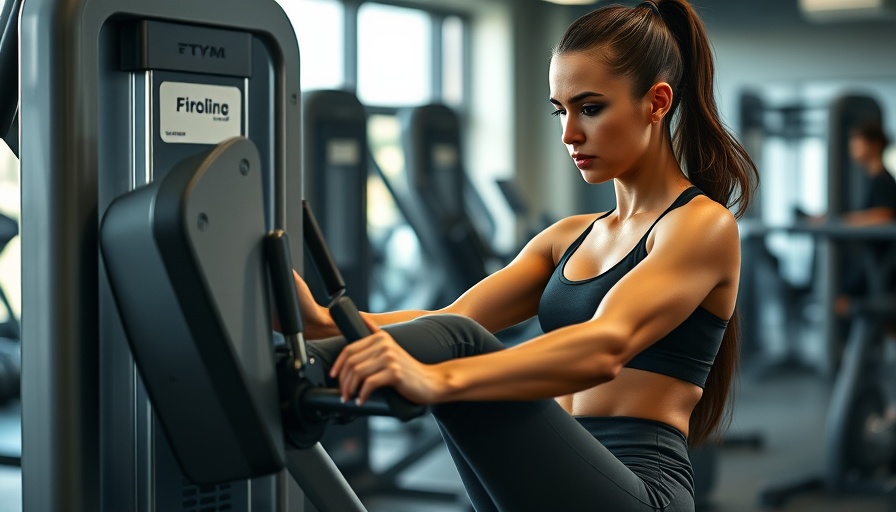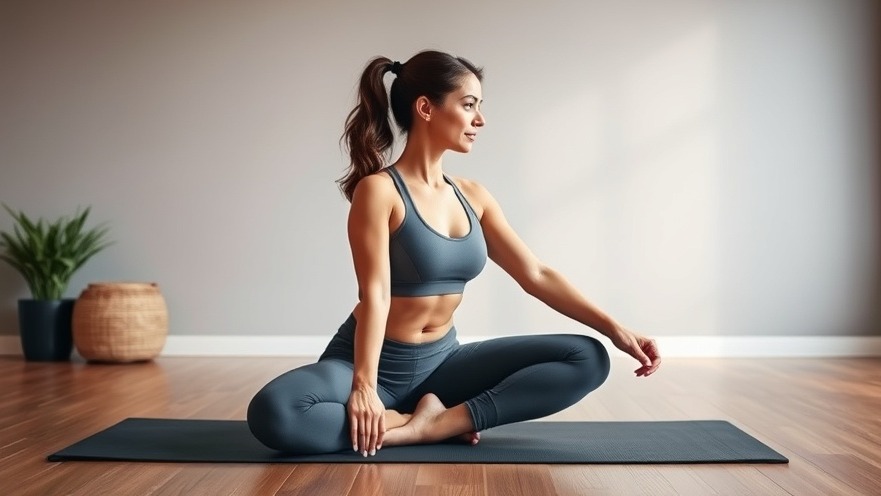
Understanding Office Chair Butt: What Happens When We Sit Too Long?
Are you one of the countless individuals glued to your desk all day? While a sedentary lifestyle makes work more convenient, it comes with its own set of risks. One phenomenon gaining traction in fitness circles is called "office chair butt"—a term that might sound amusing but actually nomenclates a serious issue stemming from prolonged sitting.
According to physiotherapist Shazia Shadab, office chair butt describes the changes in gluteal (buttock) muscles that occur when individuals sit for extensive periods without engaging in physical activity. This lack of movement leads to muscle imbalances and can result in a flattened or underdeveloped appearance of the buttocks.
Unveiling the Risks: Sedentary Lifestyle & Its Impact
Research shows that a lifestyle marked by prolonged sitting can lead not only to cosmetic concerns but also significant health issues. A study published in the Journal of Lifestyle Medicine connects sedentary behavior to obesity, type 2 diabetes, and musculoskeletal disorders. When we sit for hours without standing, stretching, or moving, we risk creating a cycle of discomfort that extends beyond our buttocks; our entire body suffers.
The muscle weakening effect of sitting manifests physically in several ways: flattened glutes lose their tone and firmness, while poor posture can create the illusion of an unflattering shape. Additionally, prolonged sitting exacerbates misalignments in the spine and hips. These issues are more than aesthetic; maintaining muscle tone and posture affects overall health.
Signs That You Might Be Experiencing Office Chair Butt
Identifying office chair butt involves recognizing changes in your body. Here are some telltale signs:
- Flattened glutes: A noticeable reduction in firmness and shape can often lead to a flatter appearance.
- Postural changes: Poor spine alignment can reflect itself in rounded shoulders and a mismatched pelvis, further contributing to a low-end appearance.
- Weak muscle tone: The skin may look less toned, and you might feel a general lack of strength in the glute area.
Combatting Office Chair Butt: Practical Strategies
To avoid the pitfalls of office chair butt, it’s essential to adopt proactive habits:
1. Take Regular Breaks
Set a timer to remind yourself to stand up and stretch every 30 minutes. Even a short walk around the office can reengage your muscles and relieve tension.
2. Incorporate Glute-Strengthening Exercises
Add exercises like squats, lunges, and glute bridges to your routine. These can be done in short intervals if you have a busy schedule, ensuring your glutes remain active and strong.
3. Focus on Your Posture
When seated, try to maintain a neutral spine and avoid slumping over your keyboard. Ergonomic chairs can help encourage proper posture, but the key is to stay aware of how you sit.
The Hidden Value of Movement
Understanding the consequences of a sedentary lifestyle gives you the incentive to incorporate more movement into your day. Additionally, cultivating a daily fitness routine can foster a greater connection with your body, improving not only your physical appearance but also enhancing mental clarity and emotional resilience.
Fostering a Workplace Wellness Culture
Your workplace doesn't just influence your professional life; it also affects your personal well-being. Communicate about the importance of movement with colleagues or advocate for wellness challenges that motivate the team to engage in more physical activity. Group exercises or simple reminders to walk and stretch can create a supportive environment—proving that health and productivity go hand in hand.
Concluding Thoughts: Embrace a Healthier Routine
Living an active life begins with making small changes. By being mindful of your posture and incorporating regular movement into your workday, you can combat office chair butt while also enhancing your overall well-being.
Are you ready to tackle the challenges of a sedentary lifestyle? It's time to prioritize your health and make movements count. Remember to stretch, strengthen, and smile as you embark on this rewarding journey towards a more active you.
 Add Row
Add Row  Add
Add 




 Add Row
Add Row  Add
Add 

Write A Comment